If you have a particularly severe termite infestation, you may decide that your only option as a last resort is to fumigate your house – which, although expensive and extremely inconvenient, is a highly effective solution.
However, one of the main reasons fumigation is such a pain is because you have to stay away from your home while the process is being completed – so to help you understand how long it will take, in this post, we answer the question, how long does fumigation take to kill termites?
What is fumigation?
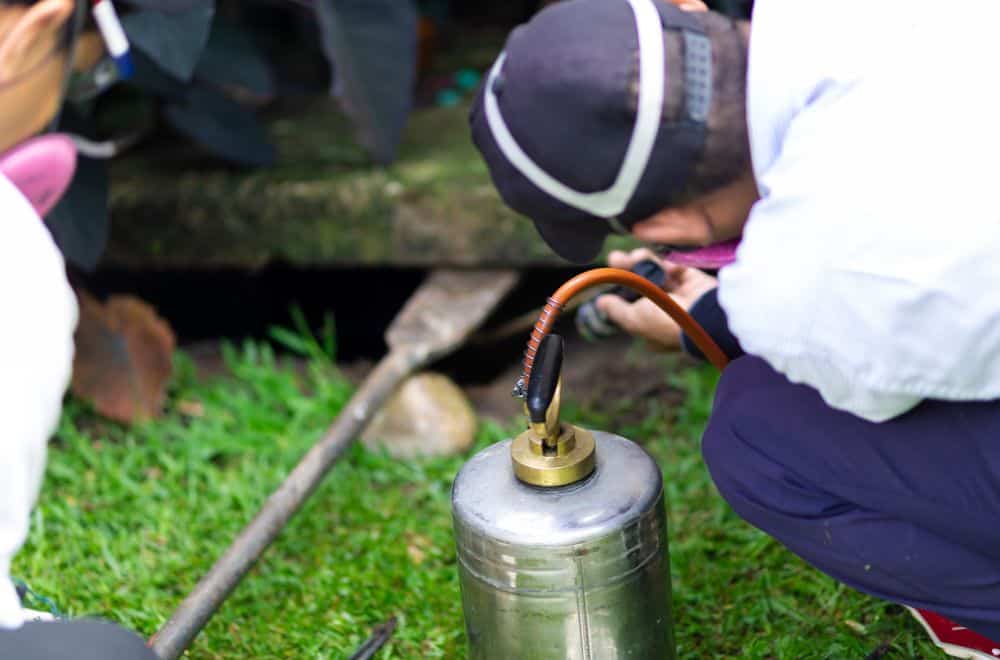
Let’s start with the basics – what is fumigation?
Fumigation – also known as structural fumigation or “tenting” – involves sealing up a building, covering the whole structure in a tarpaulin or “tent” and then pumping it full of poisonous gas.
The gas will kill any termites inside the building – along with anything else in there such as other bugs or rodents. After a designated amount of time, the poisonous gas is removed, the house is aerated, the air inside is tested for safety and the owners are allowed to return.
Fumigation is a highly effective treatment that can be used to exterminate drywood termites, but it is complicated and expensive – as well as being highly disruptive and inconvenient for the occupants of the house.
For this reason, it is usually only used as a last resort in cases where there is a severe infestation or when no other method is likely to produce the desired results.
However, if you decide to have your house fumigated, the big advantage is that you know it is guaranteed to end your drywood termite infestation.
how long should you stay out of house after fumigation
The fumigation process takes between 24 hours and a week to complete from when you leave the house to when you are given the all-clear to go back in again.
However, this depends on several factors, and on average, the process takes around 72 hours.
This means if you want to have your house fumigated, you’ll need to plan on spending at least a few days away from home, so you’ll need to organize somewhere else for you, your family and your pets to stay while the process is underway.
how long does fumigation take?
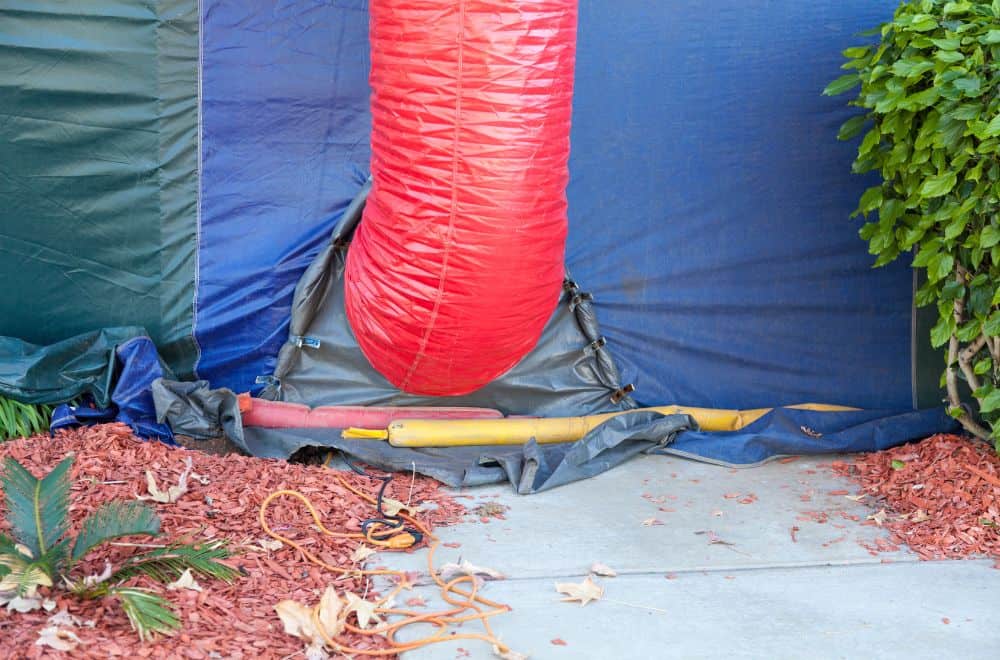
To understand how long fumigation takes and why, let’s go into the process in a bit more detail.
Here’s a typical day-by-day schedule for fumigation over three days.
-
Day 1
The fumigation professionals arrive at the property and begin to set up. First, they cover the building with tarps, ensuring the whole structure is sealed inside.
Inside the building, all doors and drawers will be opened to allow the gas to penetrate everywhere that termites might be hiding.
After this, warning signs are placed around the building telling people not to enter, and after that, the building is pumped full of the fumigation gas, which will remain inside for the required amount of time as calculated by the fumigation professionals.
-
Day 2
On the second day, after the fumigation gas has been left in the building long enough to kill all the termites inside, it is then removed. After this, the fumigation professionals will begin to aerate the house.
-
Day 3
On the third day, after the house has been properly aerated, the crew will begin removing the tarpaulin from the building.
However, it’s still not safe to go back inside since the air needs to be tested.
One of the professionals will go into the house to check the air, and only when the poison gas in the air has dropped to a safe level – usually one part per million – will the all-clear be given.
When this happens, a new sign will be placed outside stating that the house is safe to enter – and then people are allowed back inside.
However, this is just an indication of a typical fumigation procedure, and it can take longer or shorter, depending on a number of factors.
What can affect the amount of time fumigation requires?
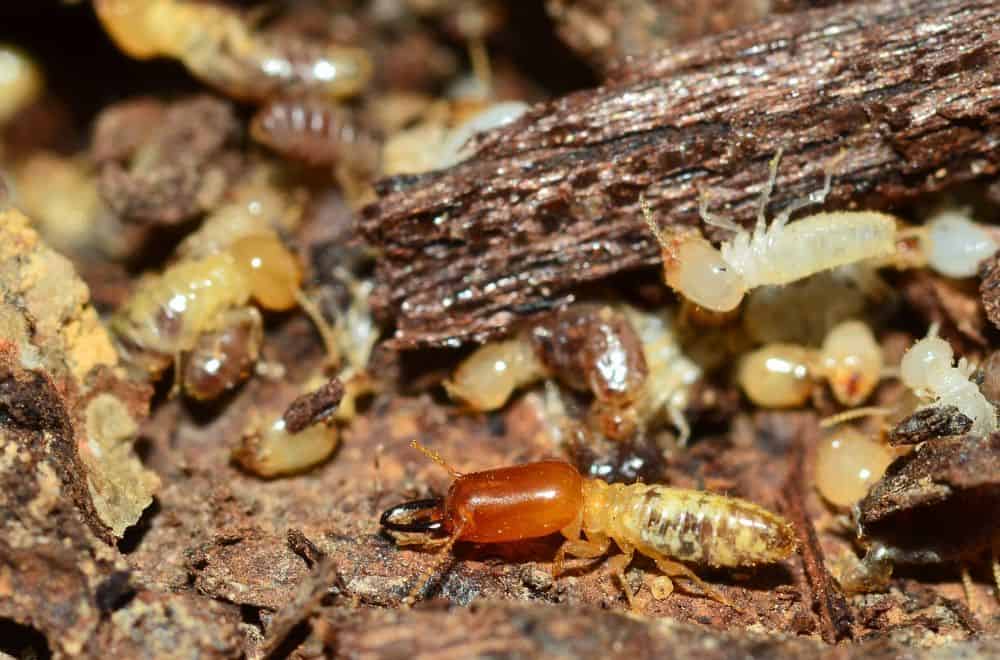
Although 72 hours – or three days – is normal, fumigation times can vary. Here are some of the factors that can affect the length of time it will take:
- Size of building
- Weather
- Severity of infestation
- The amount of furniture
Obviously, larger buildings will take more time to fumigate – and smaller buildings don’t require as long.
Weather conditions such as wind or rain may increase the time required to finish the job, and a particularly severe termite infestation will probably require more time to resolve.
Finally, having lots of furniture in your home may mean the process takes a little longer, but this shouldn’t be a major factor.
What should you do before fumigation?
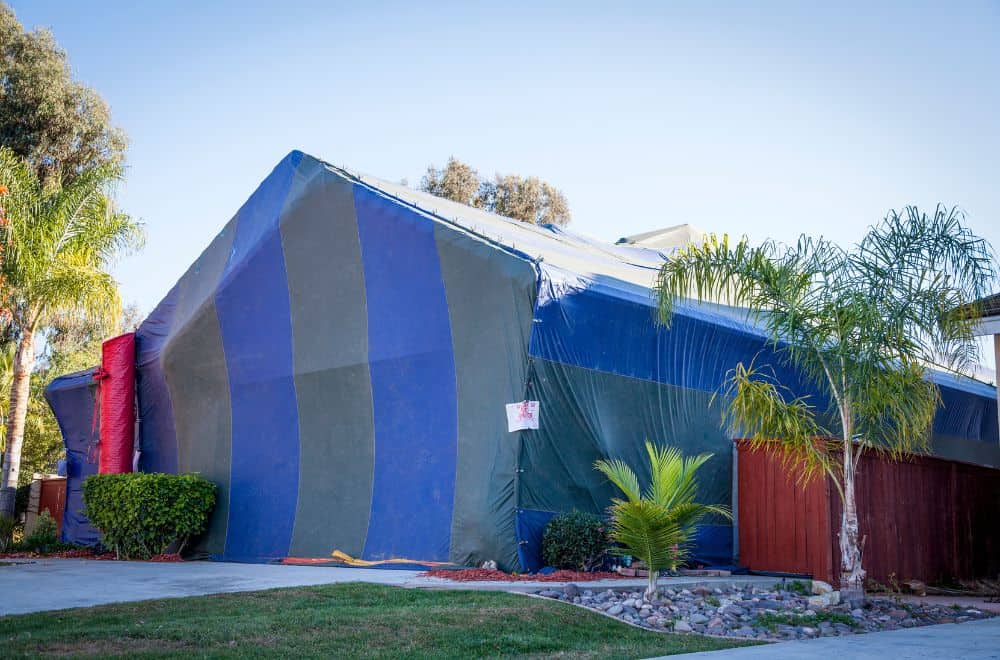
If you are planning to have your house fumigated, you’ll need to plan ahead since you’re likely to be locked out of your home for at least three days – and once it’s started, you can’t go back inside if you suddenly realize you forgot something.
This means proper preparation is vital, and here are some of the things you should think about doing before vacating your home for the treatment.
-
Food
Before the fumigation team arrives, make sure you remove all opened food from your home. Alternatively, you can double-seal food in nylon polymer bags (in other words, put food in a bag and then place that bag in a second bag to be sure).
This will ensure the food is still fit to eat after the process has been completed. However, any food that is unopened and still has the factory seal can be safely left inside.
Alternatively, you can pack your food up in bags and remove it from the house during the fumigation treatment.
-
Drinks
Drinks – including alcohol – that have been opened should be removed or sealed in nylon polymer bags in the same way as food. Drinks that are unopened can be left in the house.
-
Tobacco
Many people might not think of it, but tobacco products should be treated in the same way as food – otherwise, you might end up poisoning yourself by smoking it after the fumigation is finished.
Again, opened packets should be sealed in nylon polymer bags but unopened packets are safe to leave.
-
Pet food
Pet food should be treated the same way as human food – otherwise, you risk poisoning your furry friends the next time you feed them.
-
Pets
It is of the utmost importance that any pets be removed from the house, and this includes everything from dogs and cats to hamsters and gerbils or goldfish and aquarium fish.
Not much is likely to survive the fumigation, so if your animals remain in the house during the process, they’re unlikely to make it out.
-
Plants
You should also remove house plants before fumigation since they are also at risk from the fumigation process.
-
Make sure you have somewhere to stay for a few days
You should plan ahead and make sure you have somewhere to sleep for the duration of the fumigation. It’s a good idea to make provisions for staying away for an extra night or two since on rare occasions, fumigation may take longer than expected.
-
Pack enough clothes and all other necessities
Plan to be away for a few days and pack accordingly. You will need clothes as well as toiletries, medication and anything else you might require before you can get back into your house.
What should you do after fumigation?
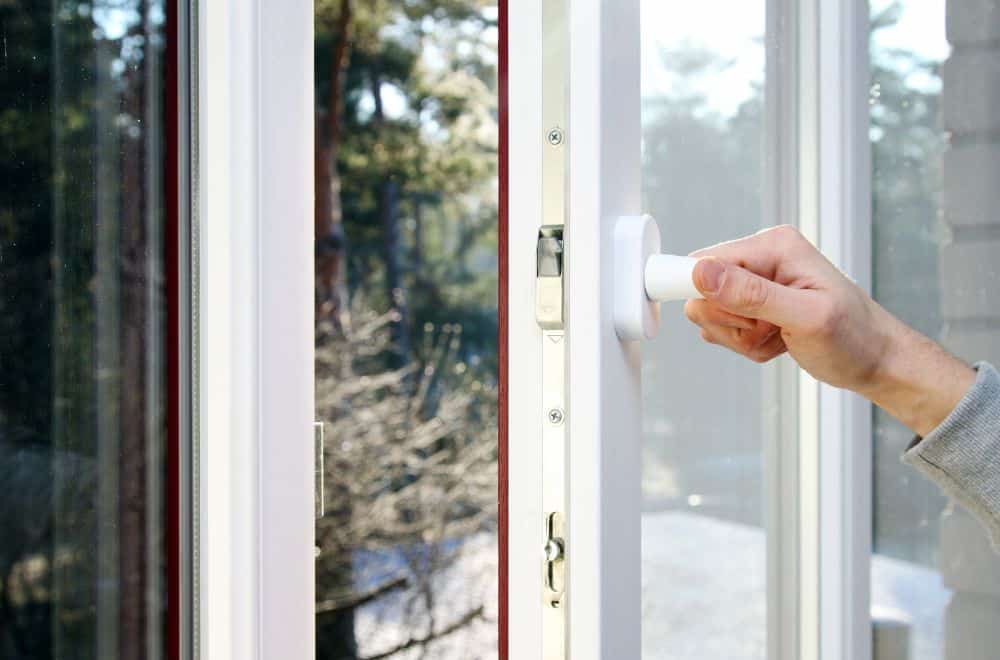
After you are allowed back into your home, you should leave the windows and doors open for at least several hours to allow fresh air to flow in.
It’s then a good idea to vacuum your carpets, mop bathroom floors and wipe down all surfaces such as tables. You might also want to wash your bedclothes and towels, but washing all the clothes from your wardrobe would be excessive and unnecessary.
FAQs
Does fumigation kill all termites?
Yes. Although it’s an extreme step to take and can be expensive, it’s one of the best ways to rid yourself of all the termites in your home.
If the fumigation company suspects that some termites have survived, they can also apply spot treatments to ensure 100% extermination.
This is why, as a last resort, fumigation is considered a highly effective solution.
Is fumigation useful for subterranean termites?
No. Fumigation is designed to kill drywood termites and end an infestation. The gas used will permeate every nook, cranny and hole in your home, killing every termite hiding there.
However, it will do nothing to kill termites living under the ground.
Does fumigation protect against future infestations?
No, fumigation only kills termites that are currently in your home. After fumigation is complete, the poisonous gas will be removed – after which, other termites will be free to move back in, just as you and your family are.
This is why it’s vital to take steps to prevent a repeat infestation after fumigation – or you may find yourself paying for a second fumigation of your house.
Will fumigation kill other types of pest?
Yes, if you fumigate your home, pretty much everything left inside once the gas is pumped in will be killed. This is great news if you are also suffering from infestations of any other pests such as other bugs or rodents.
However, this is also why you should be very careful to remove any pets from your home before the fumigation begins.
How much does fumigation cost?
Fumigation is expensive since it involves precise skills, highly specialized equipment and trained and certified experts to carry out the work.
For these reasons, fumigation treatments can start at around $1,000 and reach as high as $4,000, depending on the size of the property and other factors.
A good tip is to ask for a quote from several companies – and then discuss the details of the process and the expected results with each before you decide which one to use.
What can you do to prevent termites from returning to your home?
After fumigation, you should take steps to ensure drywood termites don’t return. This will include staining or painting all wood and fixing holes or splits in wooden parts of your home.
You should develop a regular home maintenance schedule to ensure that all the elements that are vulnerable to termite infestations are frequently protected.
Can you save money and fumigate your house yourself?
Absolutely not. Fumigation requires specific equipment that is not available to the general public. Furthermore, it must be carried out only by qualified, certified professionals.
This is not a DIY job – and attempting to fumigate your home yourself would be incredibly dangerous and irresponsible.
Furthermore, you should carefully check the credentials of any company you hire to do it since companies carrying out fumigation are required to be certified by law.
Can you go back into your house during the process?
No, and this is one of the main inconveniences of having your house fumigated.
Before the process starts, you should prepare carefully and take everything with you that you will need – because after the process begins, you won’t be able to go back into your house until the professionals give you the all-clear.
Will surfaces be toxic to touch after fumigation?
No, fumigation doesn’t leave any toxic residue, so everything will be safe to touch once the process is complete.
At the same time, you shouldn’t leave open food or drinks in the house during fumigation, and you should wash bedclothes and towels before using them again after the job is done.
Listen to the advice of the fumigation company
Although in this post we’ve given you some general guidelines about what to expect when having your house fumigated, the best advice is to speak to the fumigation company about the job you are asking them to do – because they will give you a more accurate appraisal.
That said, on average, you will usually need to be away from your home for at least around three days, which, along with the considerable cost, is one of the main reasons tenting or fumigation shouldn’t be undertaken lightly.
